  |
  |
|
PARTNERS | HEALTHY CITY | HOW HEALTHY | VISION | SUMMIT | PRIORITIES | FUNCTIONS | CITY OF FALL RIVER |
|
Healthy City |
Projects
that seek to effect Policy and Environment Changes |
||||
|
|
|||||
|
Strategy One: Safety & Alcohol, Tobacco and Other Drug (ATOD) Control
|
|
||||
| PROJECT | ORGANIZATION | PROJECT | ORGANIZATION | ||
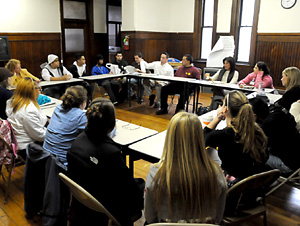 |
Fall River Youth CHOICES | Partners for a Healthier Community |
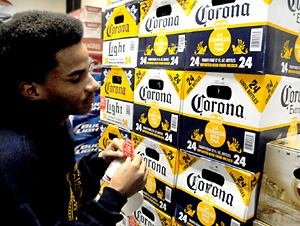 |
Sticker Shock Project | B.O.L.D. Coalition & Teens Against Drug Abuse |
|
|
|||||
|
Strategy Two: Recreation & Fitness
|
|
||||
| PROJECT | ORGANIZATION | PROJECT | ORGANIZATION | ||
 |
Fall River Fitness Challenge |
Community Development Recreation, Diabetes Association, Inc. Fall River YMCA Healthy City Fall River |
 |
Safe Routes to School | Fall River Children In Balance |
|
|
|||||
|
Strategy Three: Food Supply & Nutrition
|
|
||||
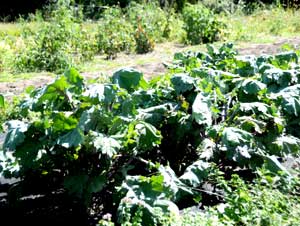 |
Community Gardens |
Bristol Community College Fall River Housing Authority |
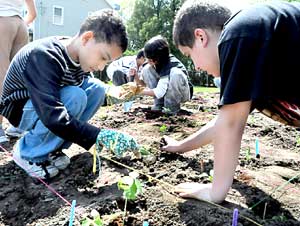 |
School Gardens |
Fall River Children In Balance |
|
|
|||||
|
Strategy Four: Educational, Workplace & Medical Policies
|
|
||||
| PROJECT | ORGANIZATION | PROJECT | ORGANIZATION | ||
 |
School Wellness Policy | Fall River Public Schools |
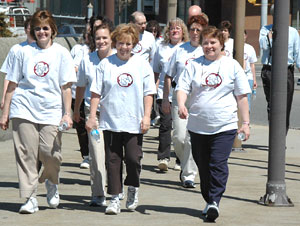 |
Family Service Association Wellness | Family Service Association |
|
|
|||||
|
Strategy Five: Built Environment & Advocacy
|
|
||||
| PROJECT | ORGANIZATION | PROJECT | ORGANIZATION | ||
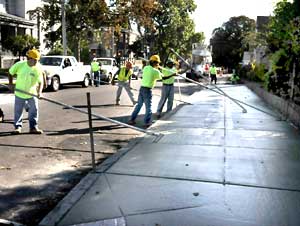 |
Sidewalk Improvement | Fall River Planning Department |
 |
Urban Parks Advocacy Network | The Trustees of Reservations |
|
To return to the Health City Fall River Main Page, click here. |
|||||